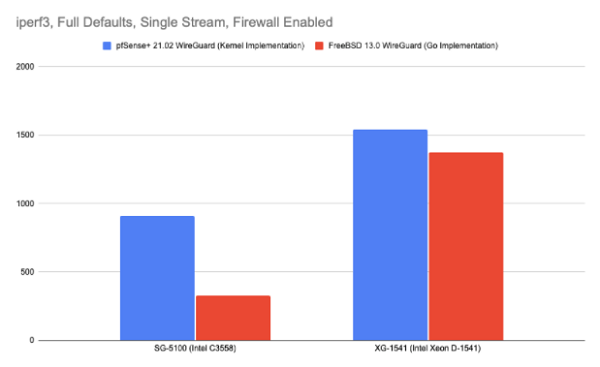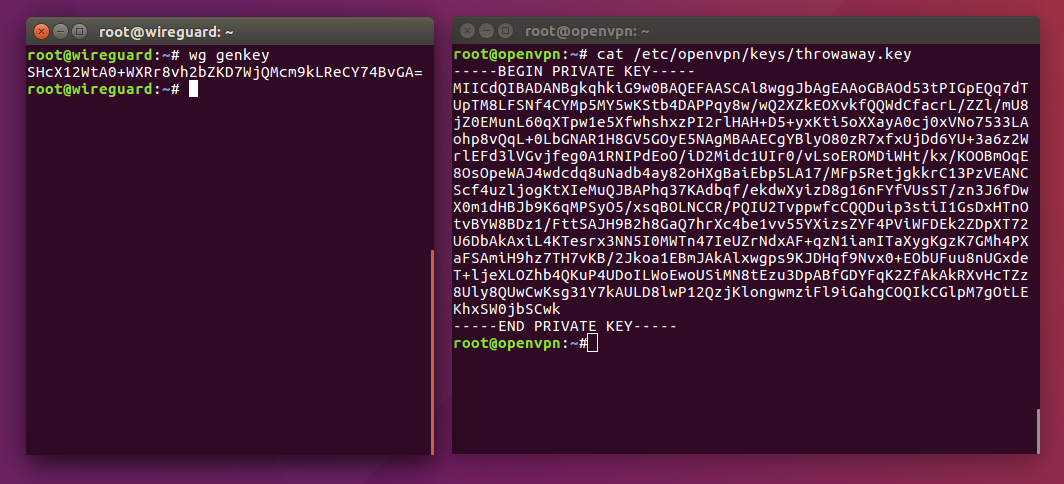

What is the development status of WireGuard? You can have up to 5 WireGuard keys at a time, each one for a different device, so 5 devices.
#WIREGUARD VS OPENVPN ANDROID#
Android and iOS users, WireGuard is always used so you don’t need to do anything.
#WIREGUARD VS OPENVPN WINDOWS#

Then insert the public key from your NAS with a PublicKey =. Then add a section in Windows or press the "Add Peer" link on Android. On your client, add the "Allowed IP" from your "add peer" window on the QNAP as Address = 198.18.7.2/32 below the in the editor. line, on Android you have ready made fields for everything. On Windows, you have to manually add text into the white space below the PrivateKey =. You can leave the other fields in the "advanced" section blank. This information is needed on the client and will be different for each peer that you add. This should be something like 198.18.7.2/32. Before pressing "Apply", click the down-arrow next to "advanced settings" and note the "Allowed IPs" down. Add a meaningful "Peer name" and paste the Public Key that you just created in the last step into the respective "public key" field. Now, on your QNAP QPVN Wireguard setup, press the "Add Peer" button. Again here, copy out the Public key and in this case send it to the computer that you use to manage your QNAP. If it's empty on Android, look for a "reload" button that will fill the respective lines. You will there see a "public key" and "private key" field. On your Client computer, you open the WireGuard app that you downloaded from and select to "add an empty tunnel" (Windows) or "Create from scratch" (Android). Then, press the "Generate Keypairs" button and copy the "Public Key" to a text file that you need to send to your client computer. Pick an "network interface" setting in the Wireguard setup on QVPN and then add the respective IP address you chose as well as the listen port to your router setup. So first of all, just like with OpenVPN, you need to make sure that your NAS can be reached, so you need to add the "Listen Port" from your Wireguard setup page to your Router's port forwarding. So while we do not deal literally with clients and servers but rather equal peers here, I will use the term "server" for the NAS and "client" for the computers connecting to it, just to make it easier. Luckily, the clients do a syntax check for you.
#WIREGUARD VS OPENVPN DOWNLOAD#
As mentioned in the question, Wireguard does not allow you (as of now) to download a config file, you have to edit that manually.


Wireguard however is not using those VPN users and instead is maintaining it's own list of "peers" (as opposed to users) directly in the Wireguard setup page. So, while OpenVPN is using the "Privilege Settings" to create users that are allowed to connect.


 0 kommentar(er)
0 kommentar(er)
